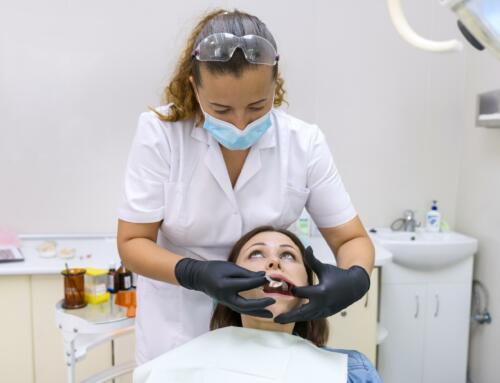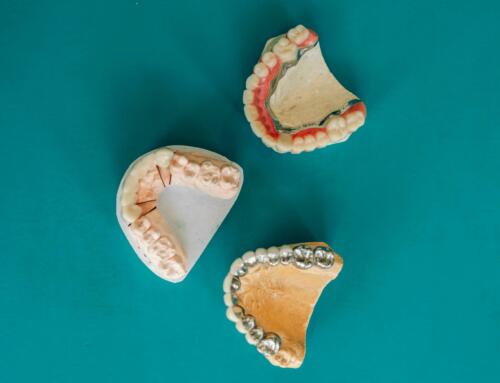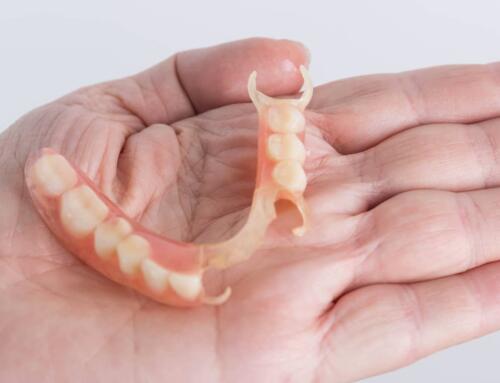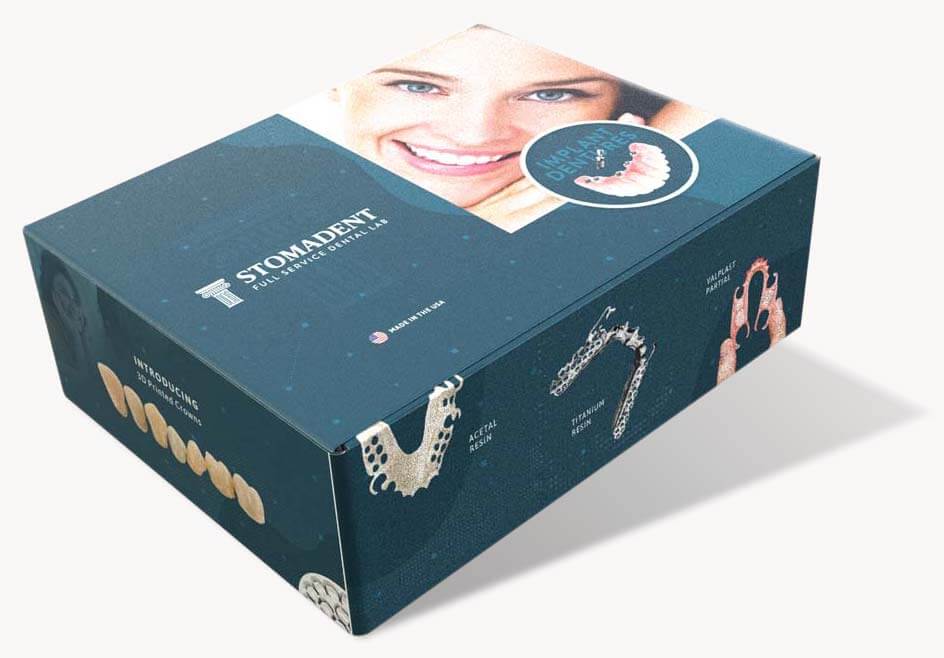
By David Hudnall, DMD
The presence of clasps to secure a partial denture is an inherent part of any removable tooth replacement prosthesis. As long as the clasps function properly, most dentists don’t give them much thought. But patients do. Many would rather go without replacing their missing teeth if it means wearing something that shows visible metal.
Not every patient can wear or afford fixed partial dentures or implant dentistry. So, how do you provide patients with an alternative solution that addresses their aesthetic concerns? That’s where creatively choosing the right direct retainers made from the most aesthetic materials or metal clasps placed outside of the smile line can improve patient acceptance and satisfaction.
Partial Denture Clasp Types: The Basics
The clasps on partial dentures serve to help hold the removable partial denture into place during function and prevent dislodgement, allowing the appliance to be removed for cleaning. For the purposes of simplicity, partial denture clasp types can be divided into two broad classifications: intra-coronal and extra-coronal.
Intra-coronal
Precision and semi-precision attachments allow for missing teeth to be replaced by removable partial dentures while not displaying metal clasps that make traditional removable cast partial dentures appear unaesthetic. With intra-coronal retention, the lock-and-key style attachment itself becomes the clasp, the rest, and the reciprocating and stabilizing unit that provides the retentive element hidden away from sight.
In the past, precision attachments usually meant crowning abutment teeth with special female slots, grooves, or distally extended O-shaped attachments designed to accept male parts that were fabricated into the partial denture framework itself. With the commonplace use of dental implants and mini-dental implants in dentistry today, it is possible to secure partial dentures entirely via implant housings embedded within the underside of the partial that facilitate attachment to implants.
Extra-coronal
Extra-coronal clasps are the partial denture clasp types that we commonly think of when discussing partial dentures. They extend from the framework and are usually visible or, at least, partly visible when the partial is fully seated in the mouth. This characteristic often causes objections from aesthetically-conscious patients.
Some traditional metal clasps are more aesthetic than others. With the advent of newer materials such as acetal resin, it is also possible to combine the rigidity of a traditional cast-metal partial denture framework with tooth-colored acetal resin or gum-colored Valplast PMMA/nylon clasps in the aesthetic zones for improved patient acceptance.
Partial Denture Clasps Explained
Extra-coronal partial denture clasp types can be further subdivided into two categories: supra-bulge clasp designs and infra-bulge designs, based on how the retentive clasp arm approaches the undercut of the tooth.
Supra-bulge
This category of clasps originates above the survey line or from an occlusal direction. Within this grouping, there are a number of partial denture clasp types that meet this criteria. We will discuss the more common supra-bulge clasps in greater detail.
Simple Circlet Clasp
Circlet clasps (C-shaped clasps) originate from an occlusal rest placed on the marginal ridge of a posterior tooth. Retention is gained from a buccally-located direct retainer clasp that engages with the tooth undercut, while a lingual bracing arm (indirect retainer) counteracts the force caused by the functional clasp. In aesthetic zones, it is possible to replace this clasp via clasp assembly with one made from either tooth-colored acetal resin or flexible thermoplastic nylon (e.g., Valplast).
Ring Clasp
A ring clasp is also sometimes referred to as a cast circumferential clasp. This clasp may originate from either the mesial or distal, and it encircles nearly the entire tooth to gain retention from its lingual surface. These retentive clasp arms are used in situations where the most distally located tooth in the arch is a tipped molar.
A back-action clasp is a modification of the ring clasp design that encircles the tooth on the lingual surface to engage with the undercut on the buccal. These work particularly well for distal extension partial dentures. Usually, these two clasp designs are reserved for posterior teeth where aesthetics are less critical.
Embrasure clasps
These C-shaped clasps are located back-to-back to one another, with the occlusal rest sharing adjacent marginal ridges of two neighboring teeth. These are most frequently used on the side of the arch where there are no edentulous spaces present.
Infra-bulge
This category of clasps originates from below the survey line and gains retention by approaching the gingival aspect of the tooth. Let’s discuss some of the types of infra-bulge clasps.
Bar Clasp with Metal Rest
Otherwise known as the RPI system, this clasping system consists of a mesial rest, a distal proximal plate, and an I-bar that originates from the gingival aspect, which engages with a facial or buccal undercut. The bar clasps require only a small undercut located in the cervical third of the tooth, making it one of the most aesthetically pleasing clasp designs possible.
It also does not place much torque during function, making it particularly kind to the abutment tooth. The RPI clasp terminal is sometimes modified into a “T” or “Y” shape to cover slightly more surface area and improve retention. This clasp design can also be made from tooth-colored acetal resin that blends with the natural dentition.
RPA Clasp
This system includes a mesial rest, distal proximal plate, and an Akers clasp constructed from wrought wire that usually approaches the mesiofacial undercut from the direction of the neighboring edentulous space.
Combination Clasp
While a traditional combination class that consists of a cast metal reciprocal arm (clasp arm) and a wrought wire retentive arm originates from the occlusal surface and is not very aesthetic, the same name is applied to a variation made entirely from flexible nylon thermoplastic material attached to a cast metal framework. This Valplast combination clasp encircles the tooth surface near the gingival margin. Because the clasping system is entirely formed from gingiva-colored material, it disappears in the mouth and provides a very aesthetic result with remaining natural teeth.
Premier Assistance at Stomadent Dental Lab
Aren’t modern removable partial dentures designed using CAD/CAM technology so that the best partial denture clasp types will be selected in every case? The short answer is yes. However, the laboratory technician doesn’t know your patient’s concerns. That’s why working together with Stomadent to choose the most suitable partial denture design is critical to creating a result that will surpass patient expectations.
Like yours, Stomadent’s goal is happy patients who refer others to your practice. That’s why Stomadent Dental Lab truly is a remote extension of your office!




![TCS Flexible Partial vs Valplast [Comparing Denture Options]](https://stomadentlab.com/wp-content/uploads/2024/01/asian-elderly-woman-patient-use-toothbrush-to-clea-2023-11-27-05-03-35-utc-scaled-500x383.jpg)







